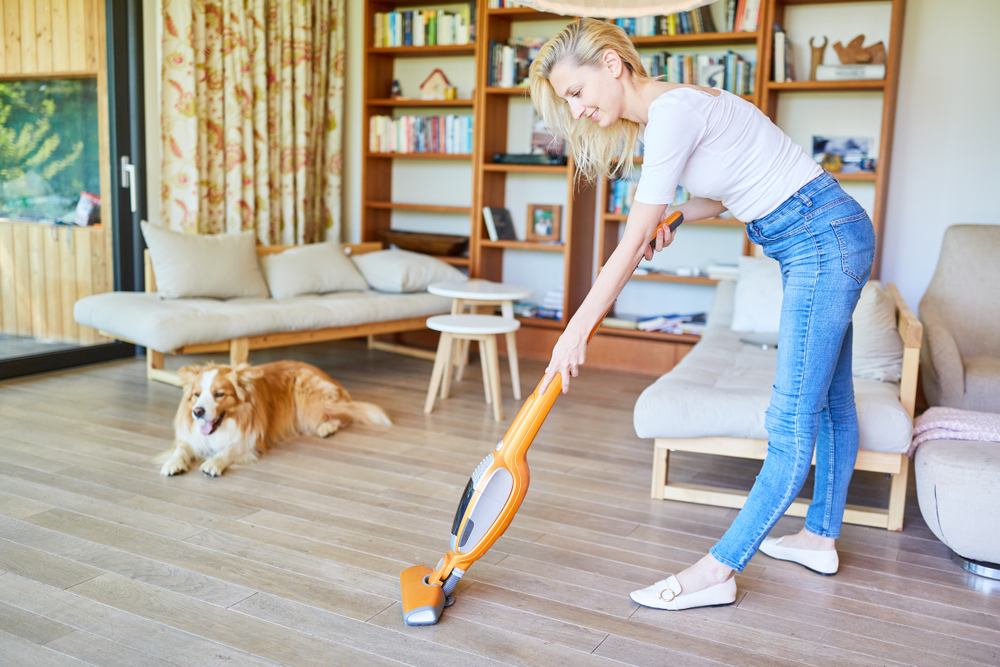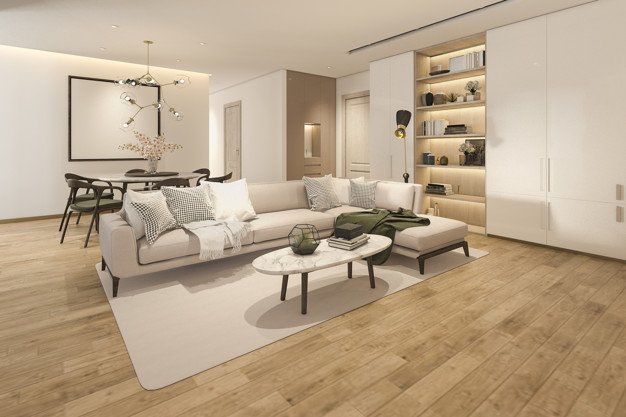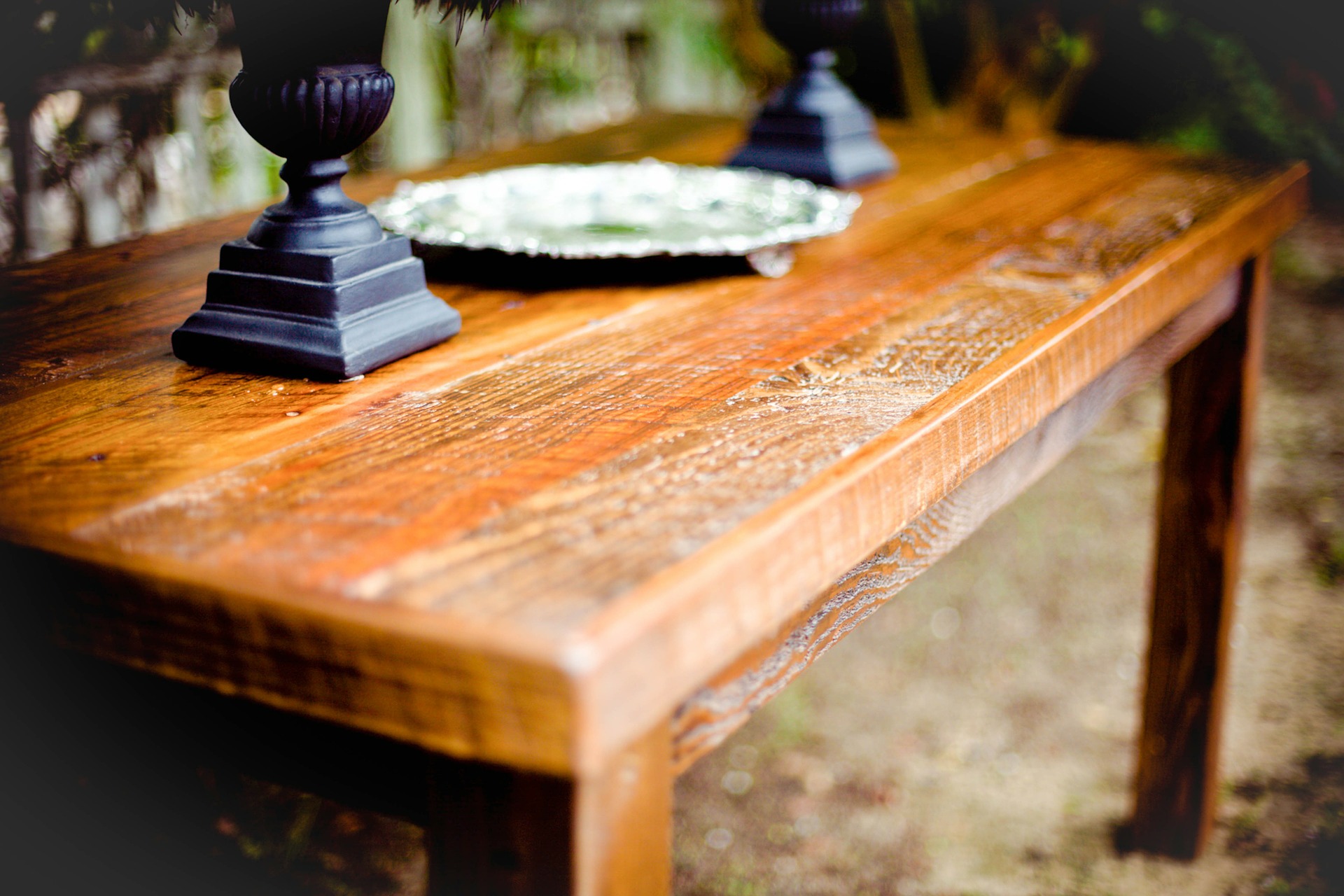For most of us, pets are a part of the family, we love them, talk to them and generally pamper them. However, they don’t always return the favor by behaving as we would want them to – after all, they are animals and different species, so some of their habits and instincts may clash with our ideas.
Professional maids and cleaners from That’s Clean Maids share some of the most common issues that pet owners come across and how to deal with them in terms of cleaning your home.
Hairs, Hairs Everywhere
Probably one of the biggest concerns for people who live with pets are hairs; no matter how long your pets’ hair is, they will shed, and you will need to clean it out of your carpets and furniture. This can become even more problematic if a member of the family develops an allergy to animal hair.
One way to ensure a reduced amount of hair needs to be cleaned out of your furniture is to groom your pet regularly. The frequency of grooming can depend on the species and breed of your pet, as well as the season and other factors. One thing is certain, though – with proper grooming, your pet will shed less on your carpet and furniture, making cleaning so much easier.
Air Quality Concerns
Another related issue is the air quality in your home. There are numerous things that can affect the quality of air in your home, and pet hair and pet dander are a part of it. Animals, just like humans shed skin cells and hair, and it is not much you can do about it.
What you can do, however, is change your cleaning routines and habits to counteract the problem of pet dander and hair. Once again, this issue is not a big problem for most people, but particularly cleanliness-oriented people, as well as those with allergies, may be interested in this one.
Keeping your pets away from areas where you sleep is a good start, but you should also make sure to vacuum the house regularly, as well as keep the air conditioning unit in good condition. That means cleaning the vents and changing the air filter as often as the manufacturer recommends.
Ensure Your Pets Don’t Bring In Dirt
If you have a dog, you need to walk them regularly, and that means going out. Cats can be strictly indoor animals, or they can have access to the great outdoors. With both dogs and outdoor cats, there’s one thing you should be wary of – dirt they can bring in on their paws. Dirt is seldom just dirt, it can also be full of pathogens that you would rather not have in your home.
When it comes to dogs, the issue can be quite simple – wipe their paws with a wet wipe (one suitable for pets, of course), and you are good unless they rolled around in the mud or something. On the other hand, cats are much more independent and come and go as they please. Still, you can put a little disinfecting tray in front of the cat flap (once again, make sure that the solution is not harmful to your pet).
Scratches on the Floor and Furniture
Cats need to scratch things as a part of their instinct. If you don’t provide a scratching post, chances are that your furniture will suffer for it. Similarly, dogs whose claws are not trimmed can do quite a lot of damage to your hardwood floors.
In order to mitigate those problems, keep your pets’ claws trimmed, and give your cat plenty of things to scratch.
Read Also:






















